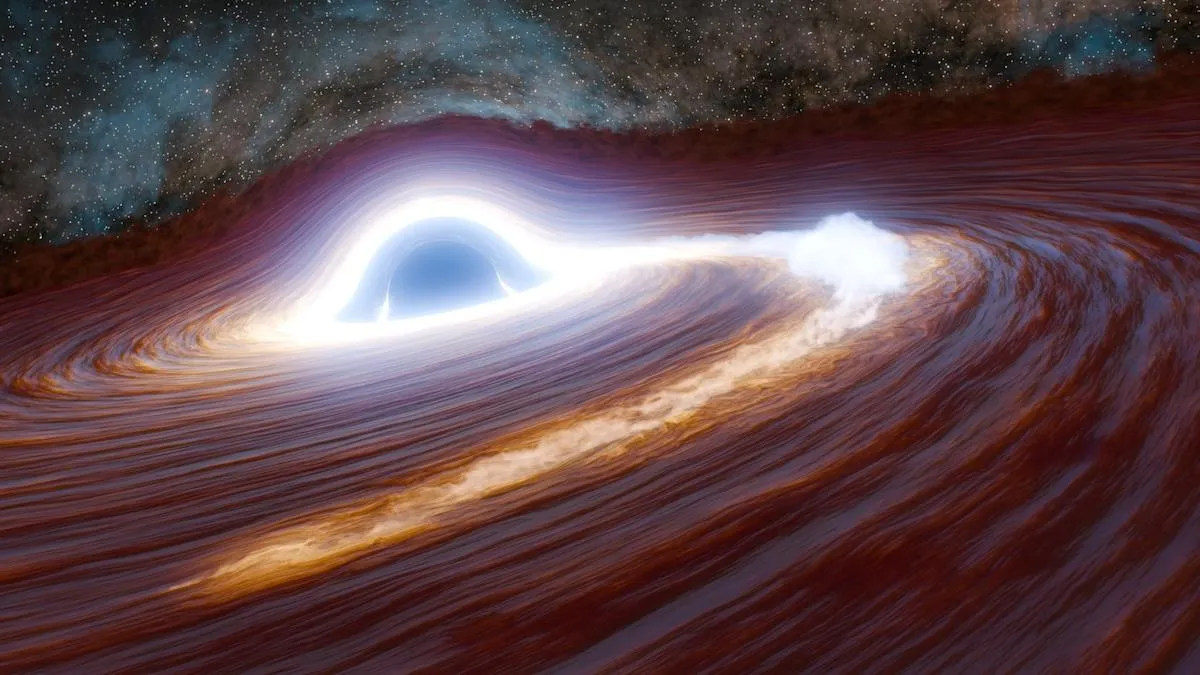
Understanding massive numbers can be a daunting task for many. The sheer scale of a million or a billion often feels abstract to most people. However, prepare to expand your perspective even further, as scientists have recently documented an astonishing astronomical event: the largest and most distant black hole flare ever observed. The details surrounding this incredible phenomenon are nothing short of staggering.
This remarkable event took place at an active galactic nucleus (AGN), which is also referred to as an accreting or feeding black hole. Researchers have estimated that this particular black hole is a colossal 500 million times more massive than our Sun. What makes this discovery even more extraordinary is its location—approximately 10 billion light years away from Earth.
The scientific team hypothesizes that the flare was triggered by a tidal disruption event. This occurs when the immense gravitational pull of the AGN draws a nearby star into its vicinity, ultimately leading to its consumption. In this case, researchers believe that the star devoured by the black hole had a mass around 30 times that of our Sun.
In an enlightening blog post from Caltech, the details of this astonishing flare were elaborated upon. The flare reached an incredible brightness, shining with the luminosity equivalent to 10 trillion suns at its peak. This extraordinary measurement underscores the energy and power associated with such massive cosmic events.
The documentation of this black hole flare not only provides insight into the workings of astrophysics but also challenges our understanding of scale in the universe. As researchers continue to study and uncover the mysteries of black holes, we gain a deeper appreciation for the vastness of space and the phenomena that reside within it.